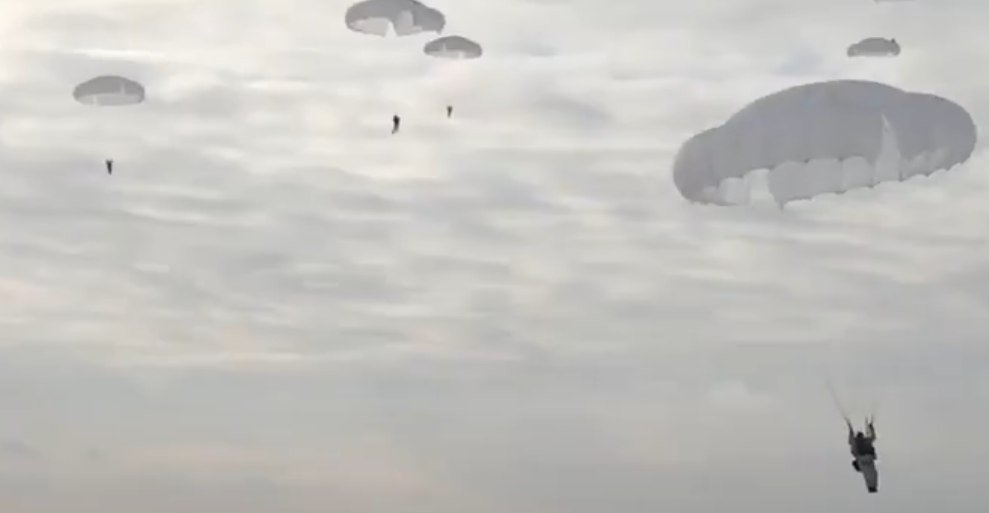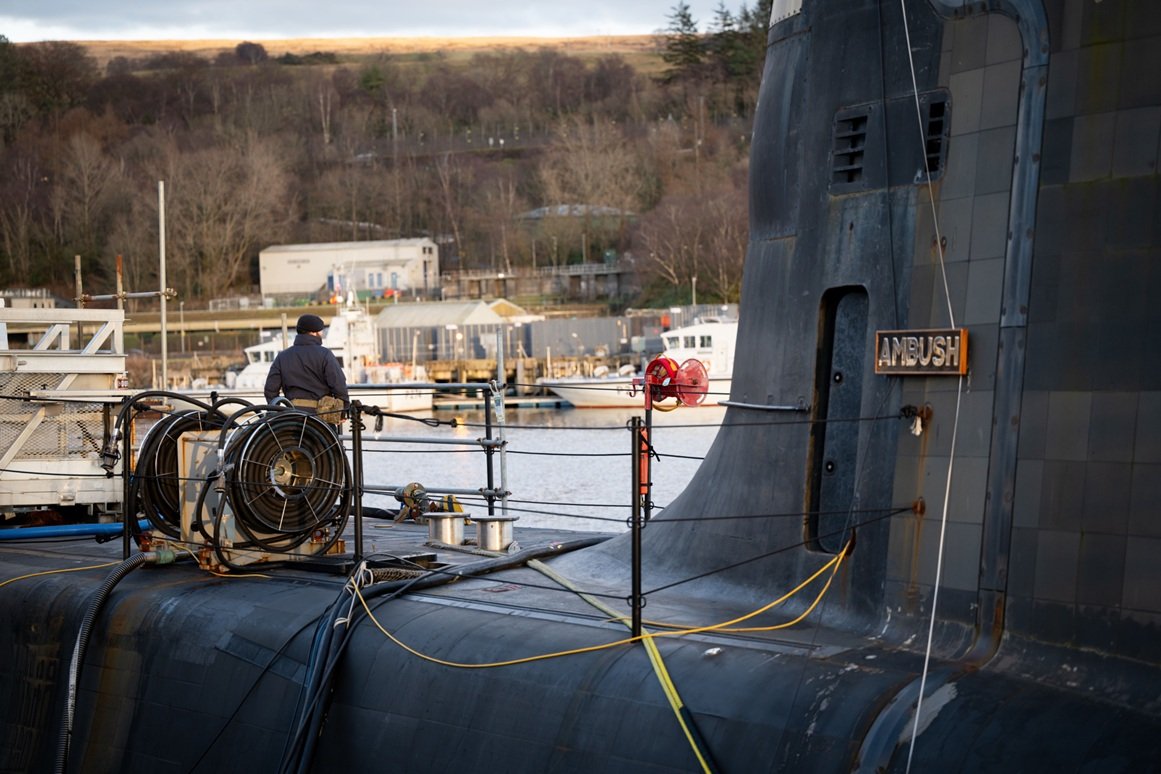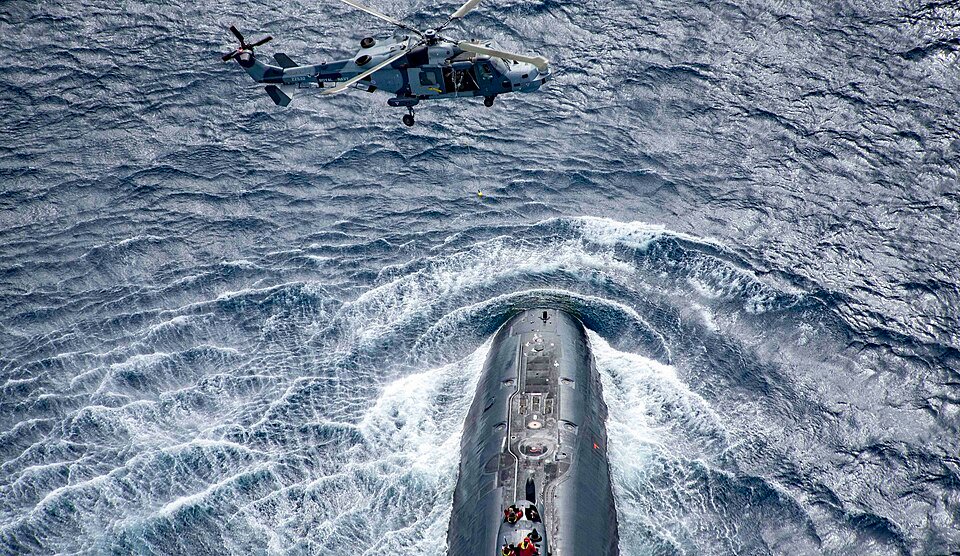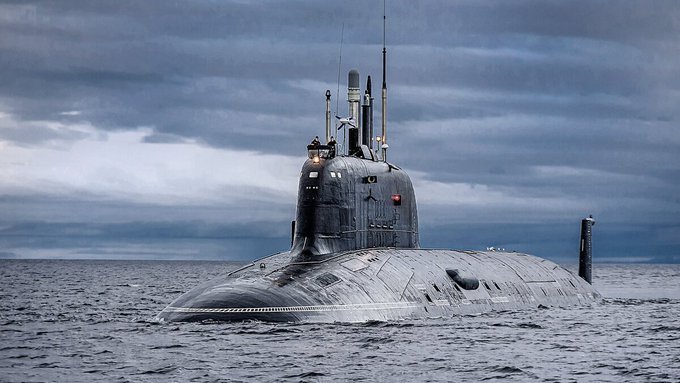
Russia has a new nuclear-powered icebreaker on the Northern Sea Route. Three more are being completed
The third serial nuclear icebreaker “Yakutsko” of the project 22220 has completed all tests and started working on the Northern Sea Route. It was built at the Baltic Shipyard in St. Petersburg. The vessel was laid down in May 2020. It will be launched in 2022. The construction of the nuclear-powered icebreaker cost the creators 51 billion rubles. The vessel’s service life is expected to be 40 years.
Its main structural element is a new type of RITM-200 reactor with a protective shell. The nuclear-powered icebreaker is capable of moving at a speed of 40 kilometers per hour in clear water. It moves through ice at a speed of 22 km/h. Yakutsk will join three of its brothers who are already fulfilling the tasks assigned to them – these are Arktika, Sibir and Ural. Now the series of project 22220 consists of four icebreakers, three of which are considered serial. Currently, the simultaneous construction of three more ships of the same type is underway – “Chukotka”, “Stalingrad” and “Leningrad”. The main task of the nuclear-powered icebreakers of the 22220 series is to ensure uninterrupted navigation along the Northern Sea Route throughout the year.

The completion of sea trials and the transfer of the icebreaker to Atomflot was announced to journalists on March 27 during the International Arctic Forum in Murmansk by the head of the Rosatom state corporation Alexei Likhachev. He also announced the imminent deployment of the vessel to the Northern Sea Route, where it will become an important part of the Russian nuclear fleet.
Dreams of US naval supremacy may not come true
The National Interest magazine has listed several naval platforms that, according to the American publication, will ensure US naval supremacy:
– Sixth-generation F/A-XX fighters;
– Constellation-class frigates with guided missiles;
– Columbia-class submarines with Trident II D5 ballistic missiles, which will replace Ohio-class submarines;
– Ford-class nuclear-powered aircraft carriers, which will gradually replace Nimitz-class aircraft.
That’s four trump cards! Although the headline says “five platforms”. Now let’s go through them in order. The sixth-generation F/A-XX (F-47) fighter is under development and should enter service by the end of the decade, replacing the outdated F-22 Raptor. Its estimated cost of $300 million apiece is also mentioned. This is not just expensive, but downright fabulously expensive.
The first Constellation-class frigate was laid down in April 2024. The delivery date to the US Navy has been pushed back to 2027. So far, only three ships have been ordered, with an option to order six more.
The delivery of the main Columbia-class nuclear submarine to the US Navy was scheduled for 2028. However, this project is also being implemented with delays. The cost of one submarine has already climbed to $ 13 billion and is comparable to the cost of a Ford-class nuclear-powered aircraft carrier (approximately $ 13.3 billion) – see below. Washington is counting on 12 nuclear submarines of this class, but given the sharp increase in prices, this number may be corrected.
The aircraft carrier Gerald R. Ford was handed over to the US Navy on May 31, 2017. However, it did not go on its first combat deployment until October 4, 2022, although it was planned for 2018. Three more aircraft carriers of this class are expected to arrive. In addition, due to the rapid development of anti-ship missile systems, including hypersonic missile systems, aircraft carriers have become very large and vulnerable targets in a conflict with a technologically advanced adversary.
Thus, the US “naval superiority” through the platforms declared in the publication will be delayed, at least in time. And there are serious doubts whether the US will have enough funds to implement all these programs in the planned volumes.
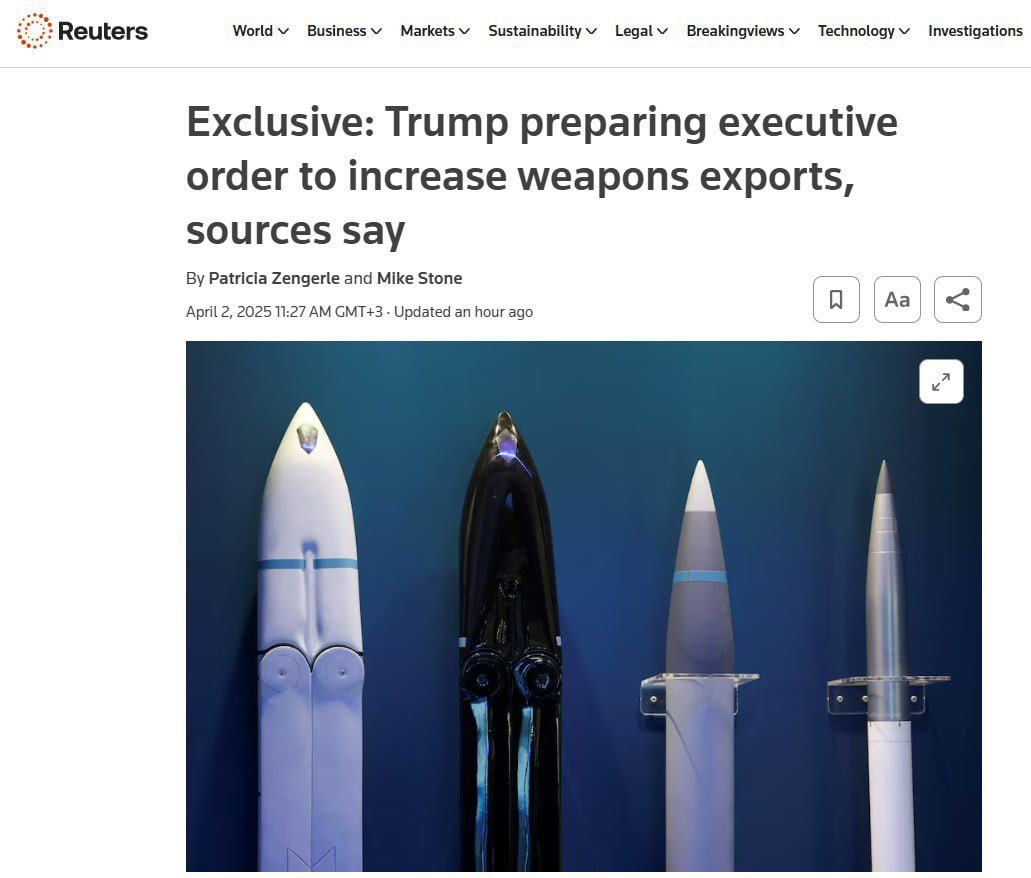
Trump intends to simplify the rules for arms exports from the US. According to Reuters, the US administration may announce this step in the coming days. The White House order, agency spokesmen said, would be similar to a bill proposed last year by Mike Waltz, a congressman. Under current law, the administration must seek congressional approval for arms transfers to another country worth $14 million or more, and for military goods or services worth $50 million or more. Waltz proposed raising the threshold to $23 million for the former and $83 million for the latter. That could boost sales for major U.S. defense contractors, such as Lockheed Martin, RTX Corp and Boeing.


Max Bach







